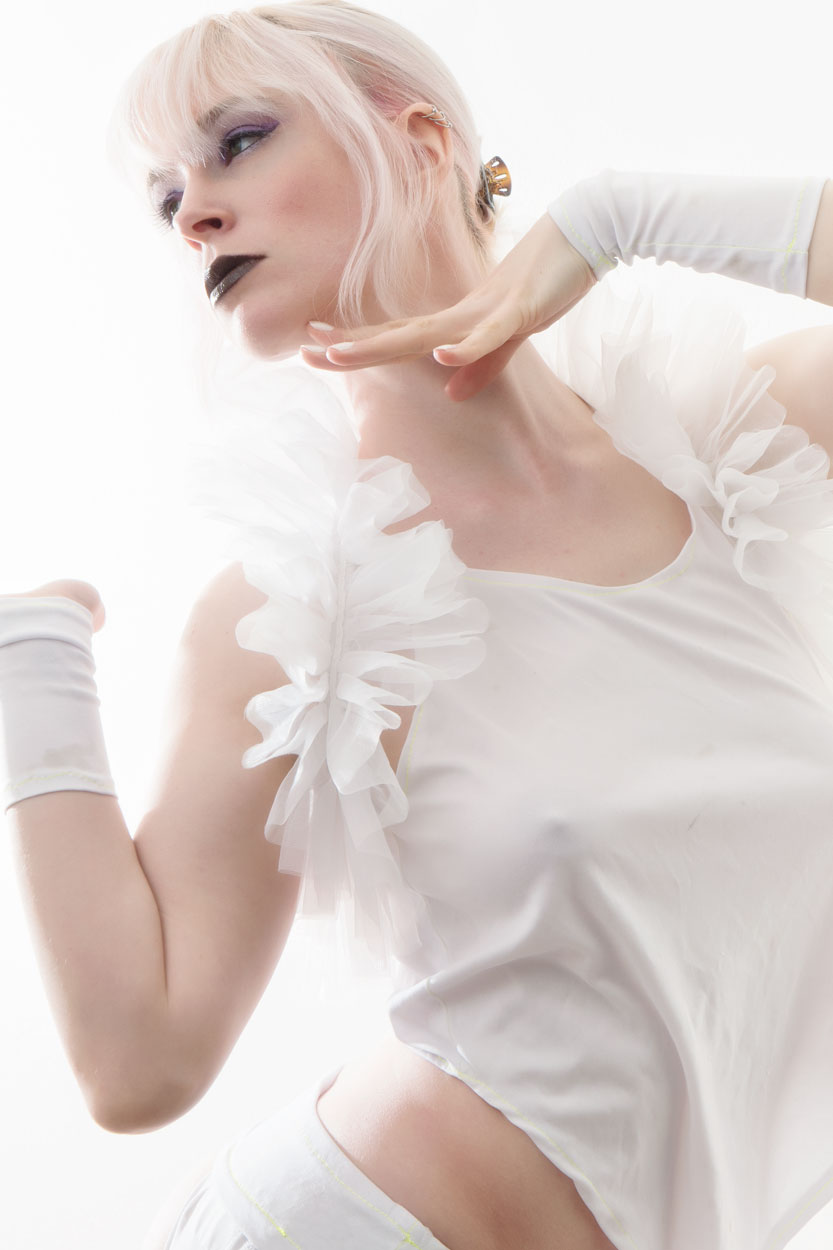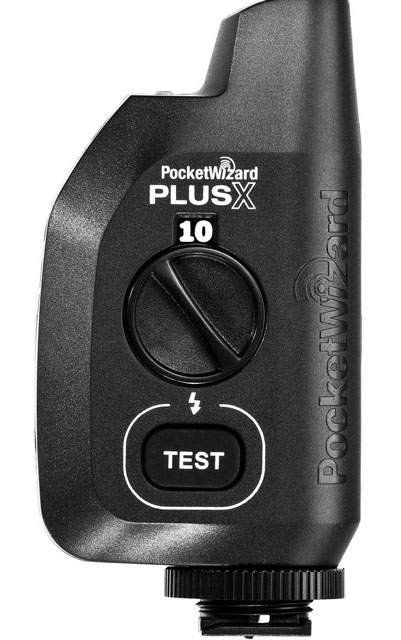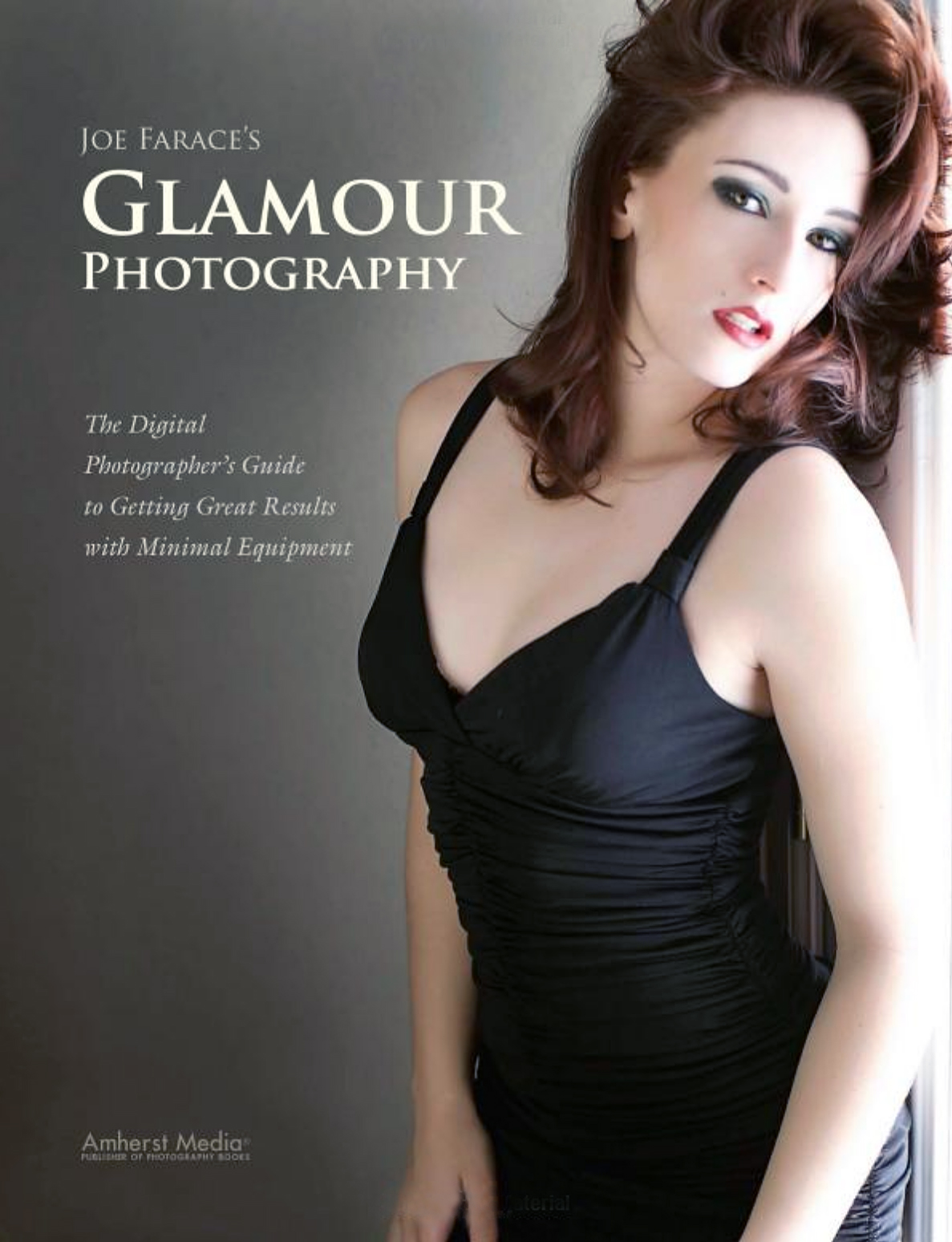Today’s Post by Joe Farace
A monolight is a self-contained studio flash, that can be powered by AC or DC battery power and like any studio light allows the fitting of light modification devices, such as reflectors, umbrellas or softboxes. Within a single, compact housing, the light contains a power source, modeling light, flash tube and controls.
 A monolight’s controls typically let you change output from full, half, quarter and sometimes 1/32’nd power, either in stepped increments or continuously variable output. One of a monolight’s most valuable features is a modeling light that allows you to preview what the flash looks like on your subject and whose output can be varied to match the output power setting, full power or even off.
A monolight’s controls typically let you change output from full, half, quarter and sometimes 1/32’nd power, either in stepped increments or continuously variable output. One of a monolight’s most valuable features is a modeling light that allows you to preview what the flash looks like on your subject and whose output can be varied to match the output power setting, full power or even off.
How I made this portrait: I photographed Pam Simpson in my 11×15-foot home studio, before I painted the walls grey; they were originally white. I used a single monolight—a Paul C Buff DigiBee—with Plume Wafer softbox placed high and at camera left, spilling light on both Pam and the back wall. Camera was my original Panasonic Lumix GH4 and Lumix G Vario 14-45mm f/3.5-5.6 lens with an exposure of 1/125 sec at f/16 and ISO 200.
Monolights typically include a sync cord for attaching to your camera’s PC (Prontor-Compur) connection which triggers the light when you trip your camera’s shutter. These days, not all DSLRs and mirrorless cameras have a PC connection and you might have to use a hot shoe to PC adapter to connect the sync cord from camera to the main light. Because of the high voltages across the tip of a sync cord, you should avoid using a cheapo adapter because it can fry the electronics inside your camera. If you want to eliminate the sync cord entirely, here’s another suggestion:

I’m a bit of a klutz when working in the studio and have, more than once, stumbled over a power cord and more times than I can count, over a sync cord. For me, and others like me, a wireless trigger, like the inexpensive ($95) Pocket Wizard PlusX is the best and safest solution for tripping the light fantastic. This unit has a range of (up to) 1600-feet and offers 10 channels that are backward-compatible with all other PocketWizards and PocketWizard-enabled devices.
 If you enjoyed today’s blog post and would like to buy Joe a cup of Earl Grey tea ($3.50), click here. And if you do, thank you very much.
If you enjoyed today’s blog post and would like to buy Joe a cup of Earl Grey tea ($3.50), click here. And if you do, thank you very much.
My book Joe Farace’s Glamour Photography is full of tips, tools and techniques for glamour and boudoir photography with new copies available from Amazon for $21.87, as I write this. Used copies are starting at the hard-to-beat price price of $8.8 and the Kindle version is $19.99 for those who prefer a digital format.